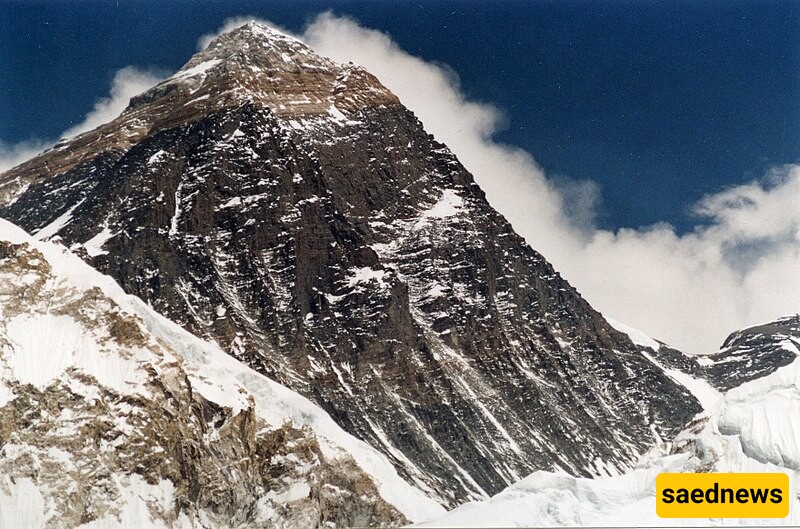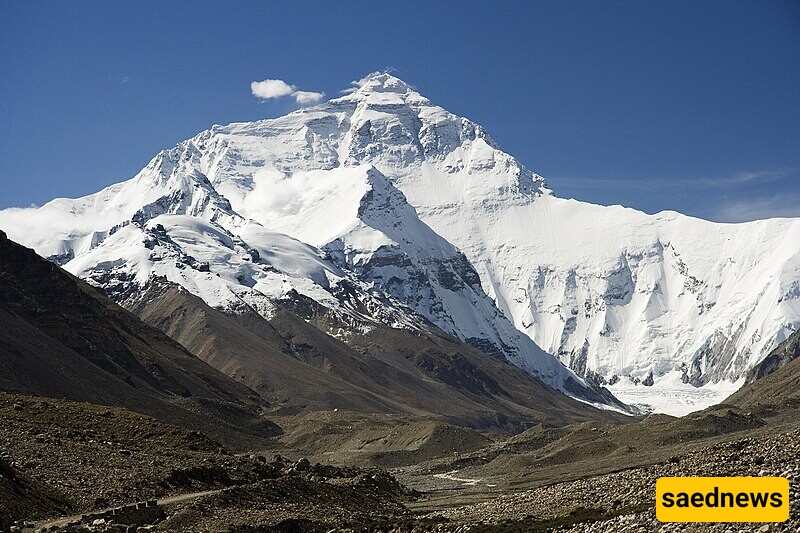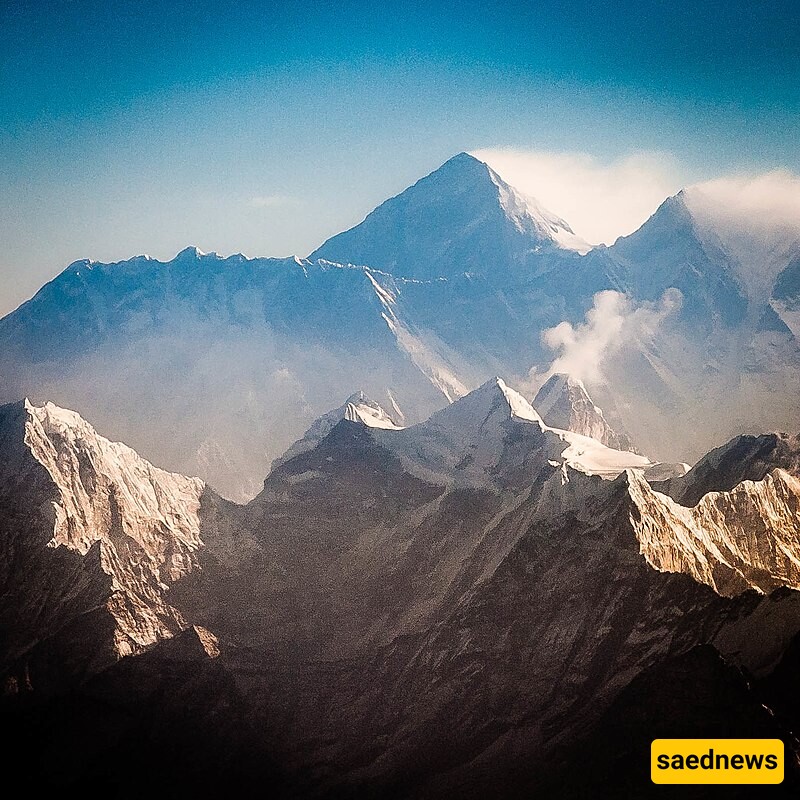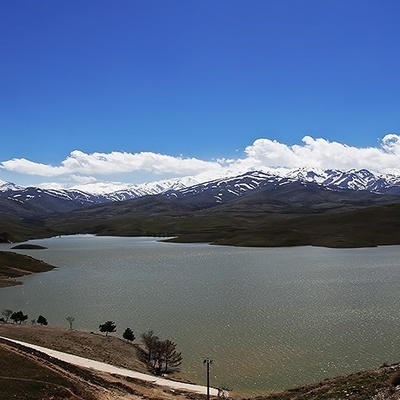SAEDNEWS: Mount Everest, the highest peak on Earth, is shrouded in mystery and awe. Beyond its towering height, the mountain holds many intriguing and lesser-known facts that captivate adventurers and nature enthusiasts.

According to SAEDNEWS, standing at 8,849 meters, Mount Everest is a symbol of natural grandeur and human determination. While its status as Earth’s highest peak is well-known, there are many lesser-discussed aspects of Everest that reveal its deeper significance. Let’s explore some surprising facts about this legendary mountain.

Though Everest is the highest above sea level, Mauna Kea in Hawaii surpasses it when measured from its base on the ocean floor to its peak, towering over 10,200 meters.
Mount Everest continues to rise slowly each year, about 4 millimeters annually, due to the collision of the Indian and Eurasian tectonic plates. This constant upward shift highlights the dynamic nature of our planet’s geology.
The top of Mount Everest is surprisingly small—roughly the size of a dining table. Climbers often have to wait their turn to step onto this narrow, snow-covered space.
Known as Sagarmatha in Nepal, meaning "Forehead in the Sky," and Chomolungma in Tibet, translating to "Goddess Mother of the World," Everest’s local names emphasize its sacred status. The name "Everest," however, honors Sir George Everest, a 19th-century British surveyor.
Millions of years ago, the area that now forms Everest was submerged beneath the sea. Marine fossils and limestone found near the summit confirm this ancient geological history.
One of the most treacherous sections of the climb is the Khumbu Icefall, where constantly shifting ice and avalanches make every step perilous. This section has claimed many lives, even among seasoned climbers.
Mount Everest provides a unique environment for studying climate change and atmospheric science. Researchers use it as a natural laboratory to monitor glacier behavior, air quality, and the impact of global warming.
Everest is home to surprising wildlife despite its extreme conditions. The Himalayan jumping spider, found at altitudes of up to 6,700 meters, is the highest-dwelling terrestrial animal. Snow leopards and red pandas inhabit the lower regions.
Years of climbing expeditions have left behind significant amounts of trash, including oxygen bottles and camping gear. However, recent cleanup initiatives are helping restore the mountain’s pristine environment.
On May 29, 1953, Sir Edmund Hillary and Tenzing Norgay became the first to officially reach Everest’s summit. Their historic climb remains a source of inspiration for mountaineers worldwide.
Above 8,000 meters lies the "Death Zone," where oxygen levels are dangerously low, and the risk of fatal conditions like altitude sickness and exhaustion skyrockets. This zone is the site of most climbing fatalities.
Even during the climbing season, temperatures on Everest can plunge to -20°C (-4°F). In winter, they can reach as low as -60°C (-76°F), making survival impossible without proper gear.
Jordan Romero became the youngest person to reach Everest’s summit at just 13 years old in 2010. Yuichiro Miura, at age 80, holds the record as the oldest climber to summit, achieving this feat in 2013.
Everest’s summit is one of the windiest places on Earth, with gusts exceeding 200 kilometers per hour. Climbers must carefully plan ascents to avoid these dangerous conditions.
Climbing Everest requires collaboration between diverse groups, including climbers, Sherpas, and support teams. It’s a testament to the power of teamwork and the shared human spirit of exploration.

Mount Everest is more than just a mountain—it’s a global icon, a natural wonder, and a testament to human ambition. These lesser-known facts reveal its complexity and reinforce its place as one of the world’s most awe-inspiring landmarks. Whether scaling its heights or marveling from afar, Everest continues to capture hearts and imaginations worldwide.

